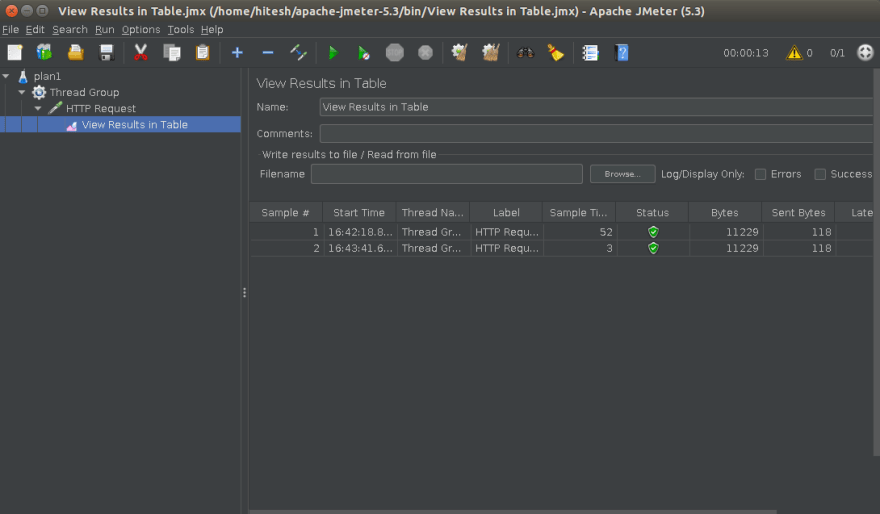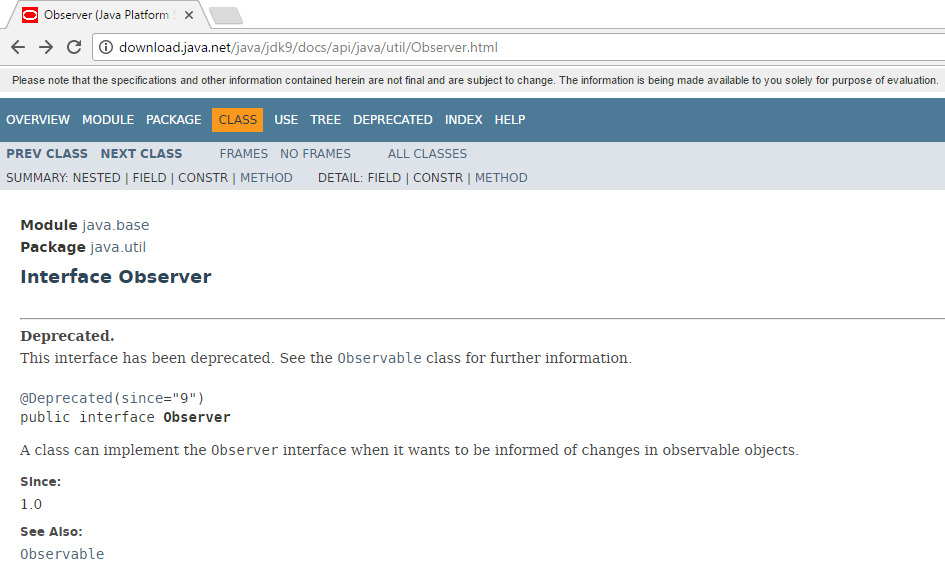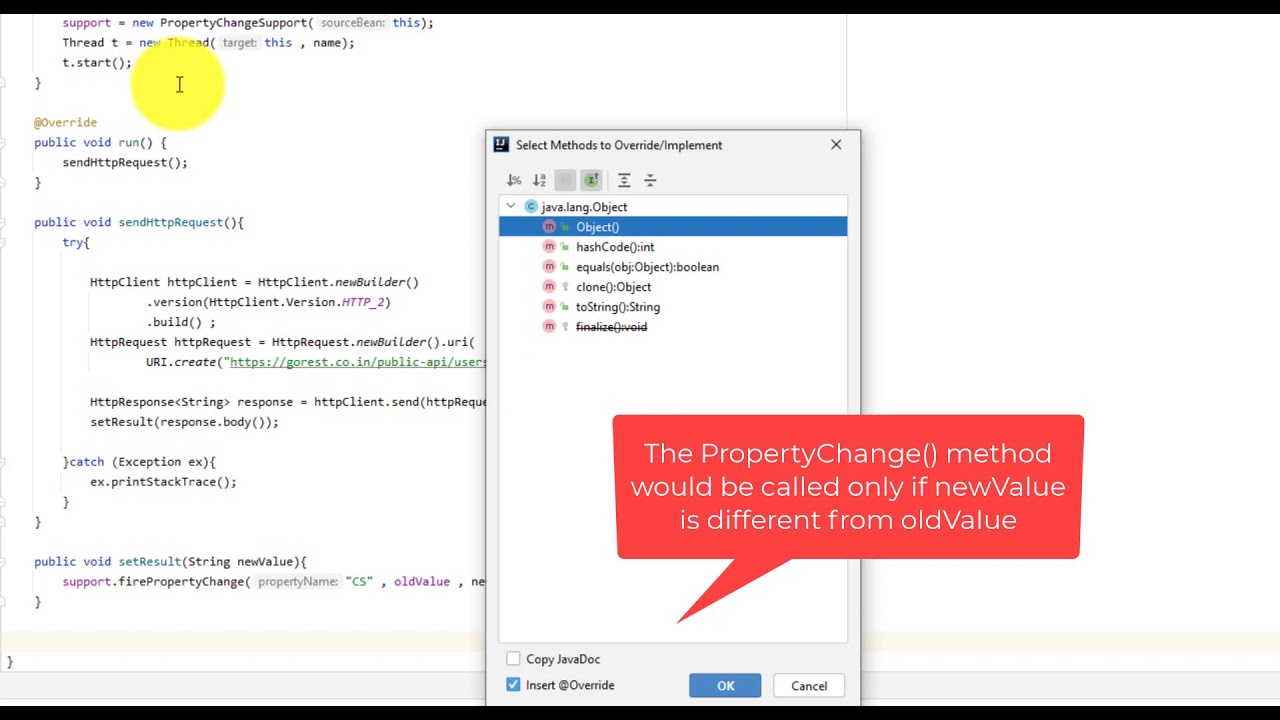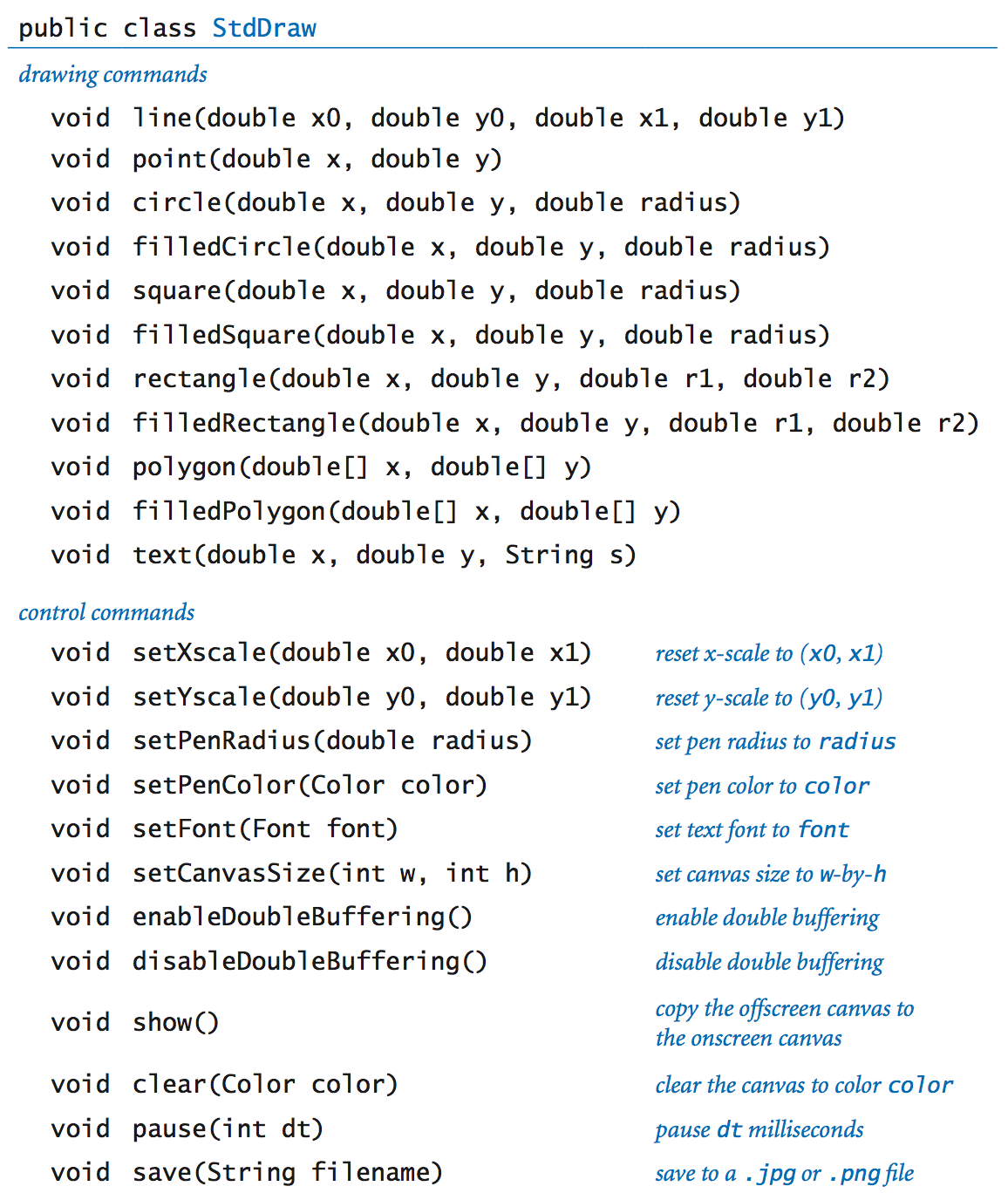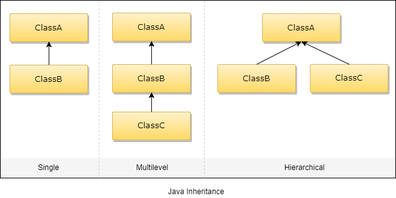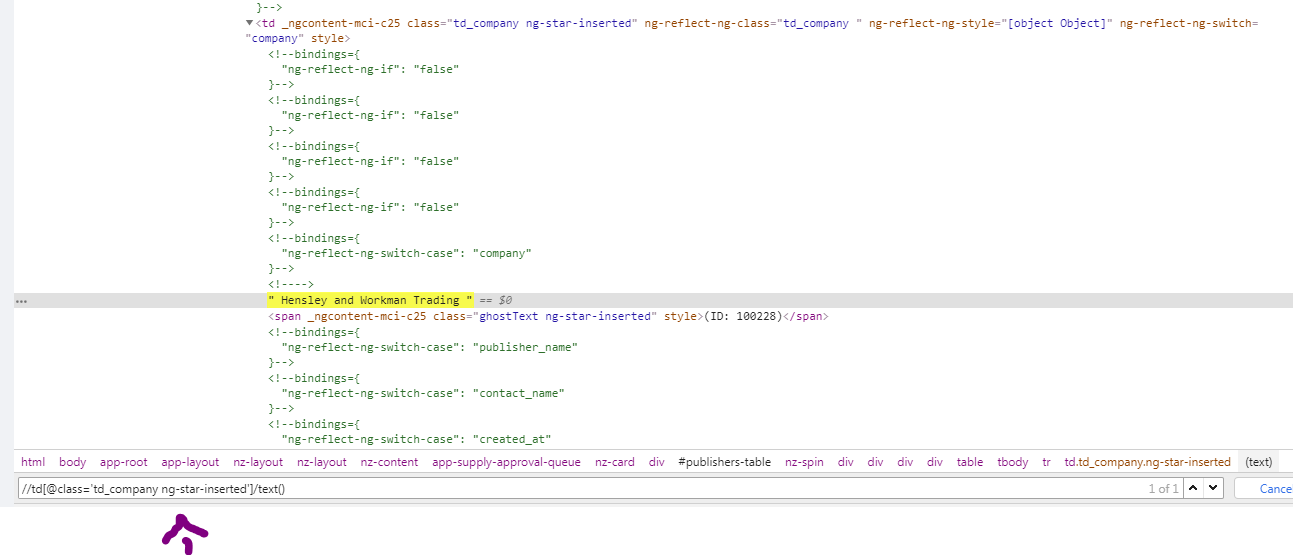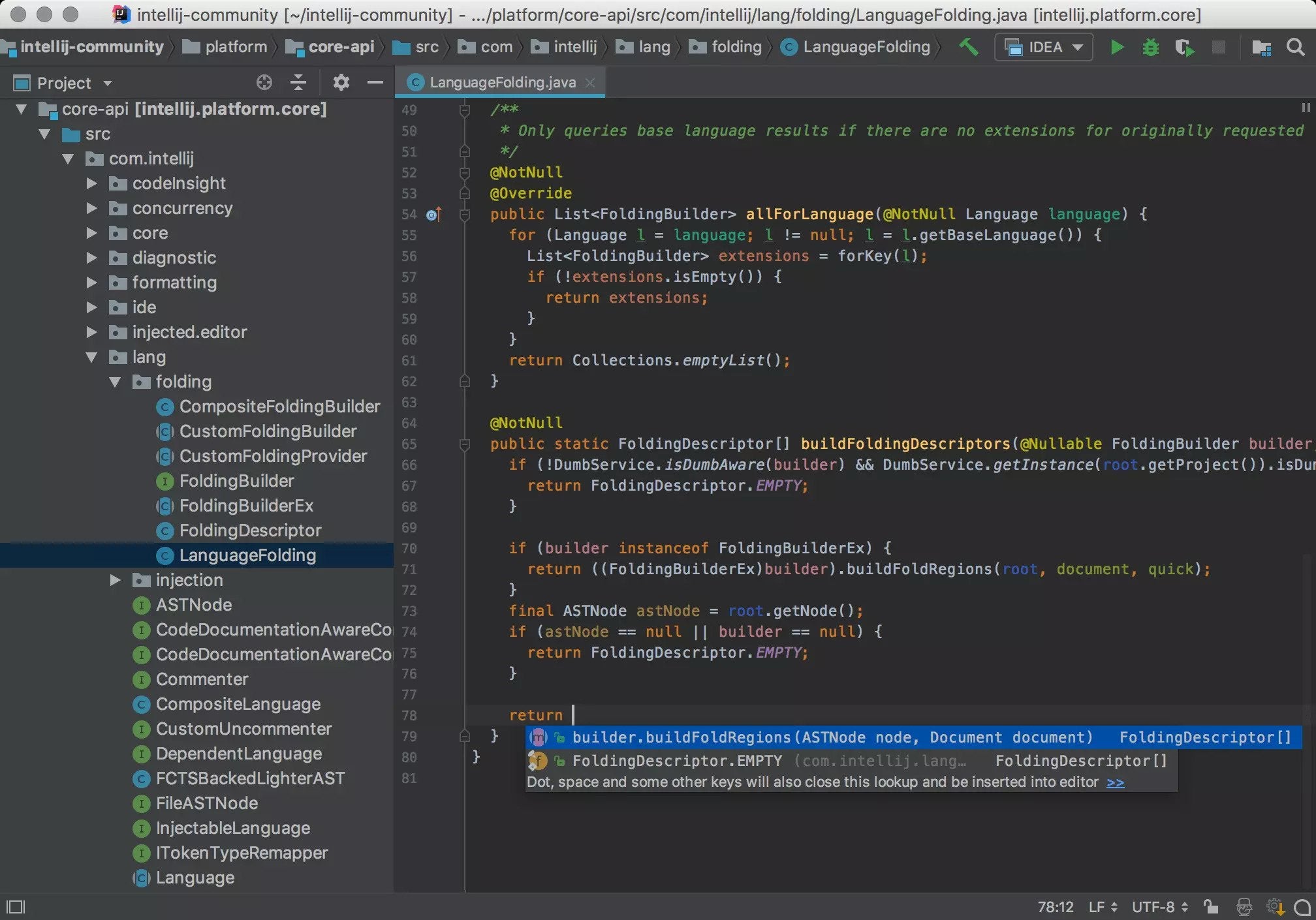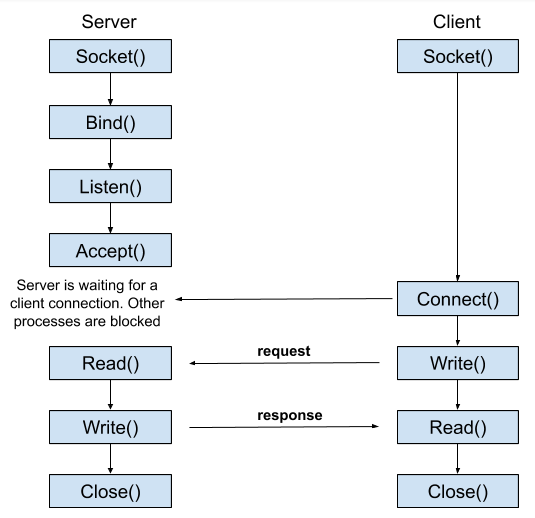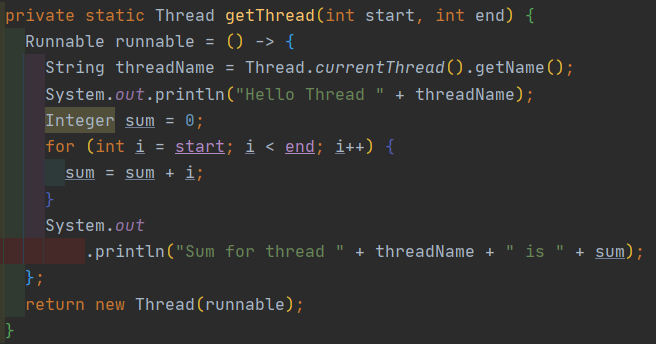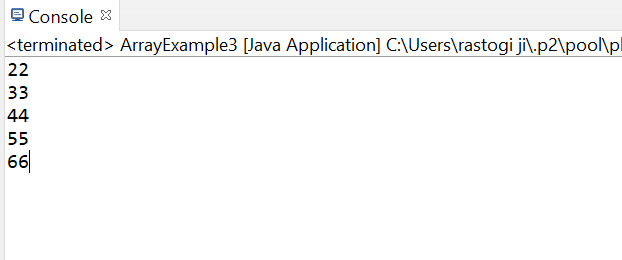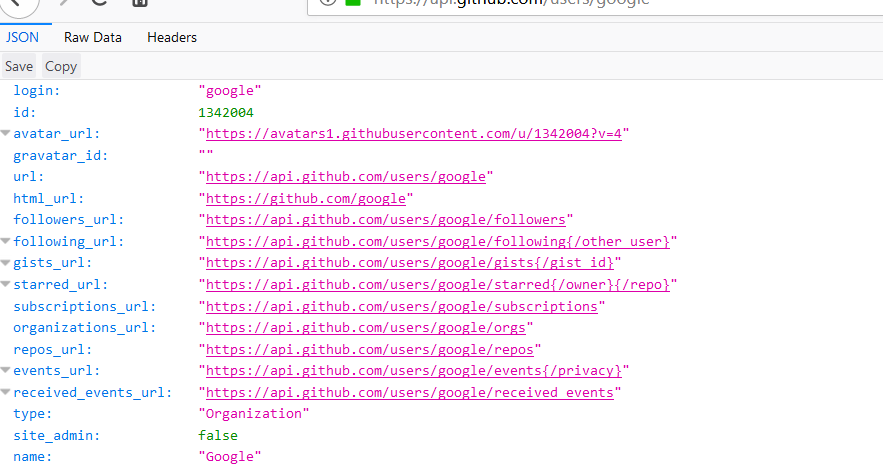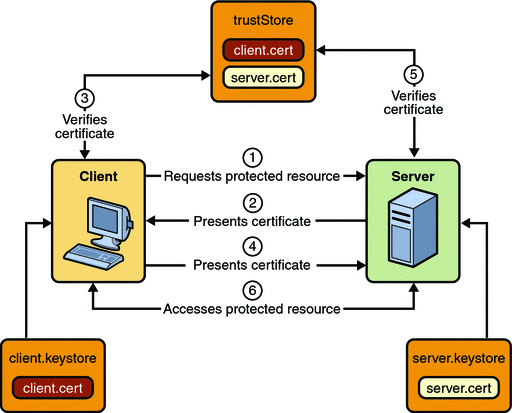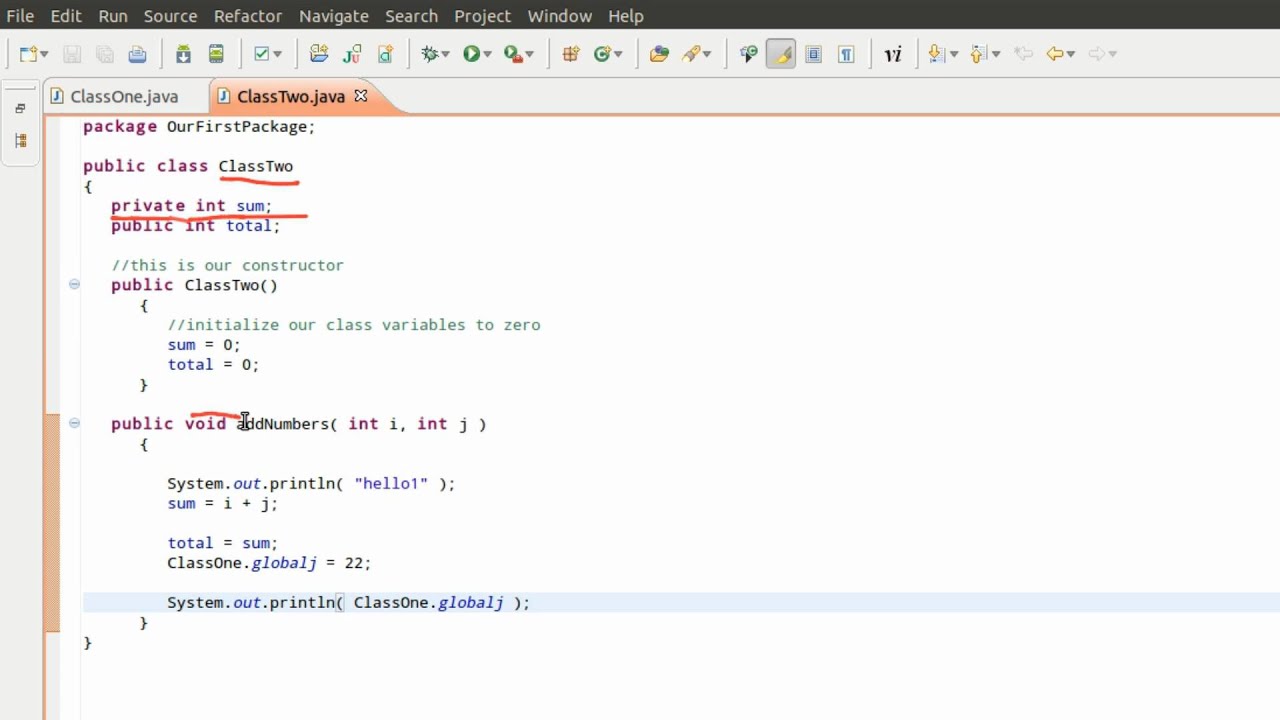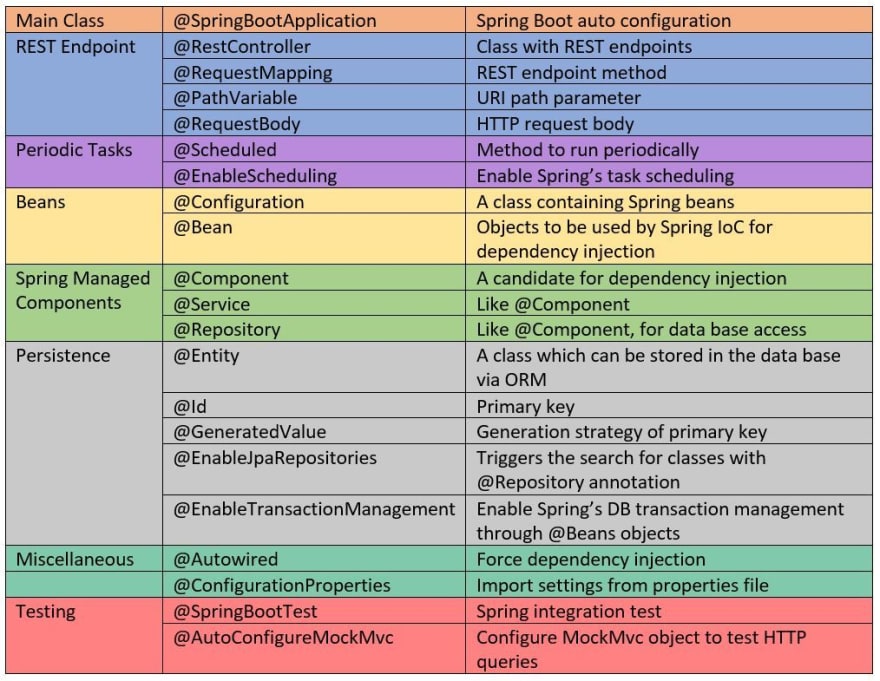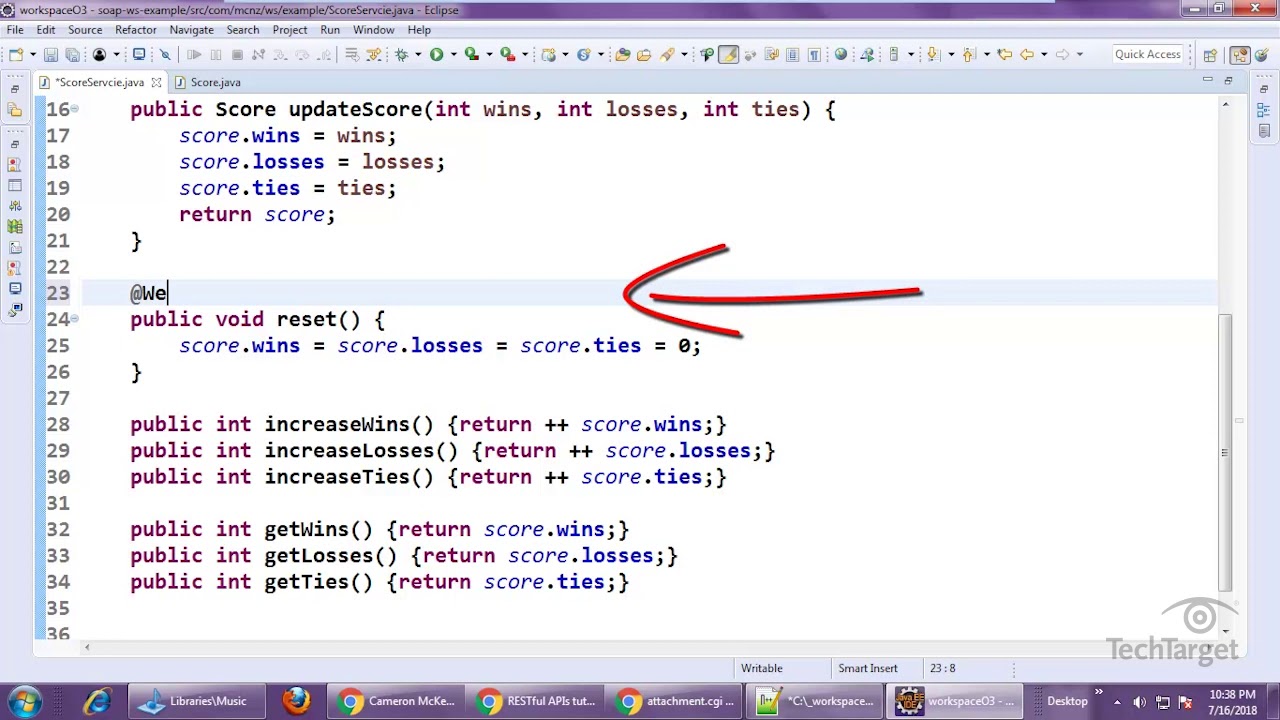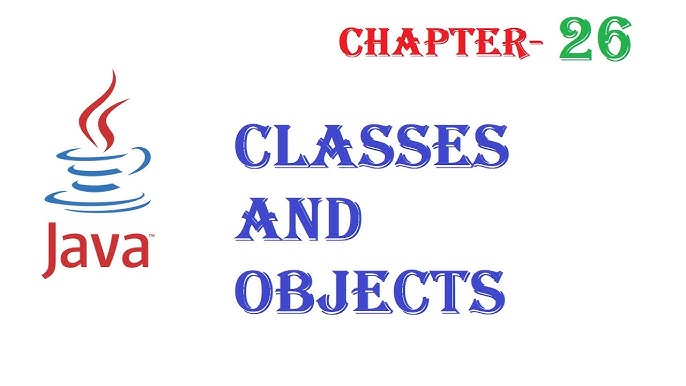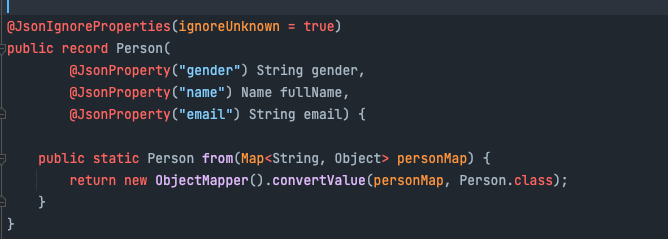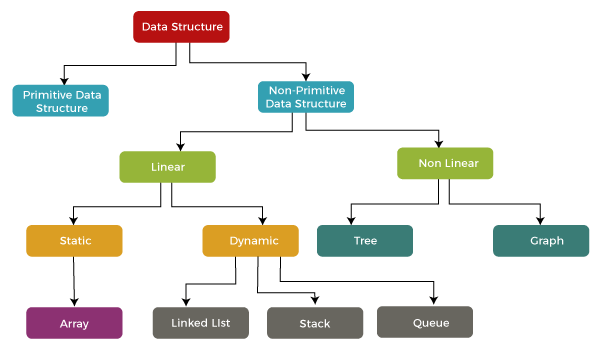Atomic reference Java
Atomic reference Java
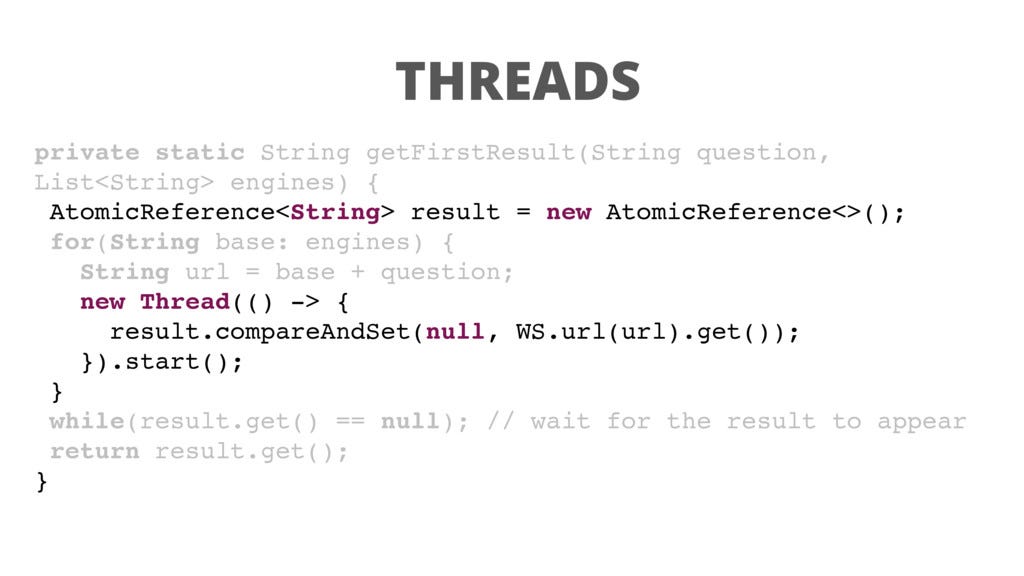
I'm happy to respond in English and discuss atomic references in Java.

In Java, an atomic reference is a special type of reference that can safely be accessed by multiple threads concurrently without the need for synchronization. It's a useful feature when working with multithreaded applications where data consistency and thread safety are crucial.
Atomic references were introduced in Java 5 (Tiger) as part of the java.util.concurrent.atomic package. They provide a way to perform operations on fields that can be safely accessed by multiple threads without the need for explicit locking or other synchronization mechanisms.
A key benefit of atomic references is that they allow you to avoid the need for traditional locks and synchronization primitives like mutexes, semaphores, and monitors. This is because atomic references use special instructions that are designed to provide a high level of concurrency safety while minimizing the risk of data corruption or inconsistencies.
There are several types of atomic reference in Java, including:
AtomicBoolean: A boolean value that can be updated atomically. AtomicInteger: An integer value that can be updated atomically. AtomicLong: A long integer value that can be updated atomically. AtomicReference: A reference to an object that can be updated atomically. AtomicStampedReference: A reference to an object with a timestamp that can be updated atomically. AtomicMarkableReference: A reference to an object with a mark that can be updated atomically.Each of these atomic references provides a set of operations that can be used to update the underlying value, such as:
get(): Returns the current value of the atomic reference. set(int newValue): Sets the value of the atomic reference to the specified integer. compareAndSet(int expectedValue, int newValue): Atomically sets the value of the atomic reference to the specified value if the current value matches the expected value. lazySet(int newValue): Atomically sets the value of the atomic reference to the specified value.Using atomic references can greatly simplify multithreaded programming in Java and provide a high level of concurrency safety. They are particularly useful when working with shared data structures or updating counters that need to be consistent across multiple threads.
Here's an example of how you might use an atomic integer reference in a multithreaded application:
AtomicInteger counter = new AtomicInteger(0);
public void incrementCounter() {
for (int i = 0; i < 10000; i++) {
// Update the counter atomically
counter.incrementAndGet();
}
}
In this example, we create an atomic integer reference and use its incrementAndGet() method to update the counter value. This ensures that the counter value is updated safely and consistently across multiple threads.
Overall, atomic references are a powerful tool for building thread-safe applications in Java, and can help you avoid common pitfalls like data corruption or inconsistencies when working with shared state.
What does atomic mean in Java?
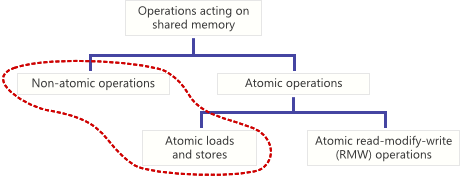
I'd be happy to explain what "atomic" means in the context of Java programming!
In computer science, an operation is considered atomic if it cannot be interrupted or modified by other threads while it's being executed. In other words, an atomic operation is a single, indivisible action that either completes entirely or doesn't at all. This concept is crucial for ensuring data consistency and integrity in multi-threaded programs.
In Java, atomic operations are essential for thread-safe programming, especially when dealing with shared resources or complex algorithms. To achieve atomicity, Java provides several built-in classes and methods in the java.util.concurrent.atomic package:
AtomicBoolean: A class that allows you to perform atomic operations on a boolean value. AtomicInteger: A class that enables atomic updates of an integer value. AtomicLong: Similar to AtomicInteger, but for long integer values. AtomicReference: A class that provides atomic operations for reference types (e.g., objects).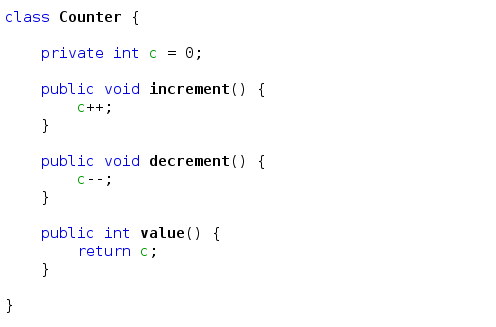
Some common methods used with these classes include:
get(): Retrieves the current value of an atomic variable. set(int newValue): Sets a new value for an atomic integer/long variable. compareAndSet(int expect, int update): Atomically sets a new value if the expected value matches the current one. incrementAndGet(): Increments and returns the current value of an atomic integer/long.Here's a simple example to illustrate how atomic operations work in Java:
AtomicInteger counter = new AtomicInteger(0);
Suppose we have a shared variable counter that keeps track of the number of times a certain operation has been executed. We want to increment this value atomically, ensuring that only one thread can modify it at a time.
In this scenario, we can use the incrementAndGet() method:
int currentCount = counter.incrementAndGet();
// ...
The incrementAndGet() method is atomic because it uses a lock-free implementation to ensure that the increment operation is executed as a single, indivisible unit. This means that even if multiple threads access the shared variable concurrently, only one thread will be able to modify its value at any given time.
In summary, atomic operations in Java provide a way to perform safe and consistent updates on shared resources or data structures, ensuring that these changes are executed as single, uninterruptible actions. This is essential for building robust, scalable, and concurrent software systems.
